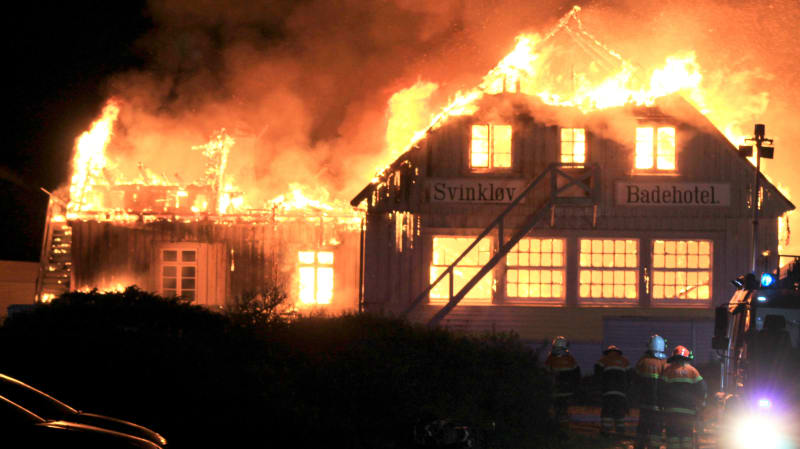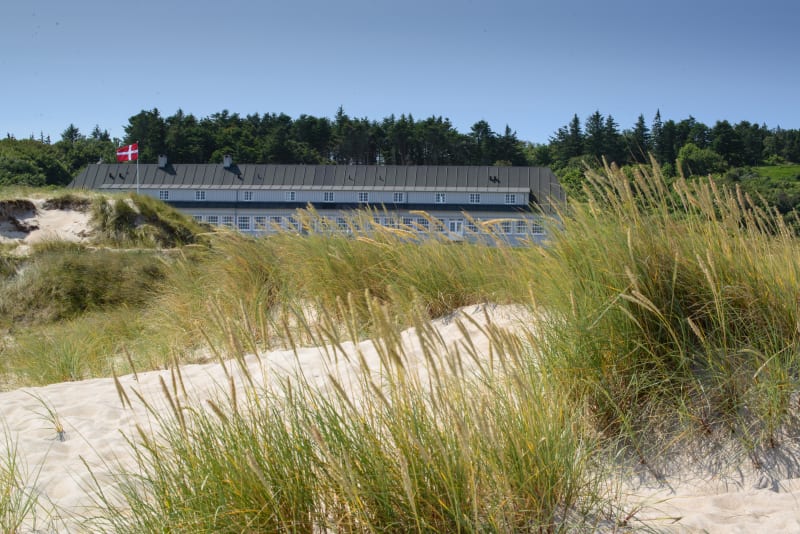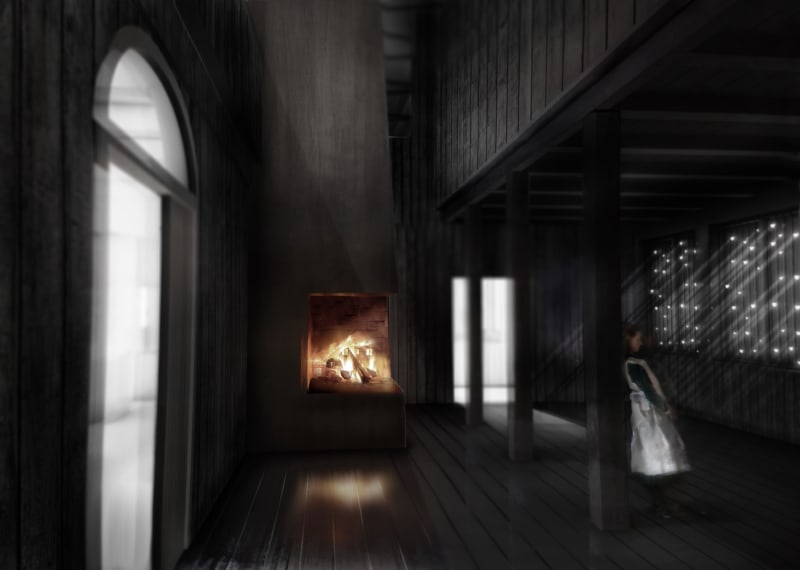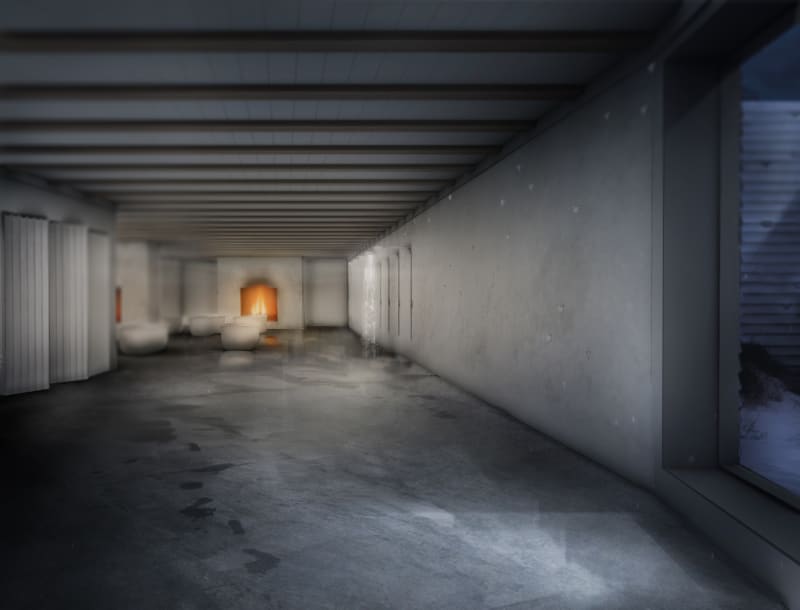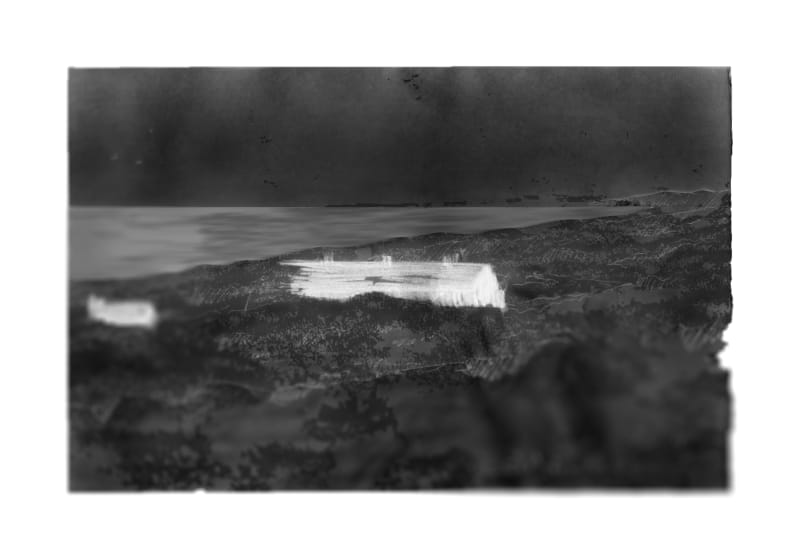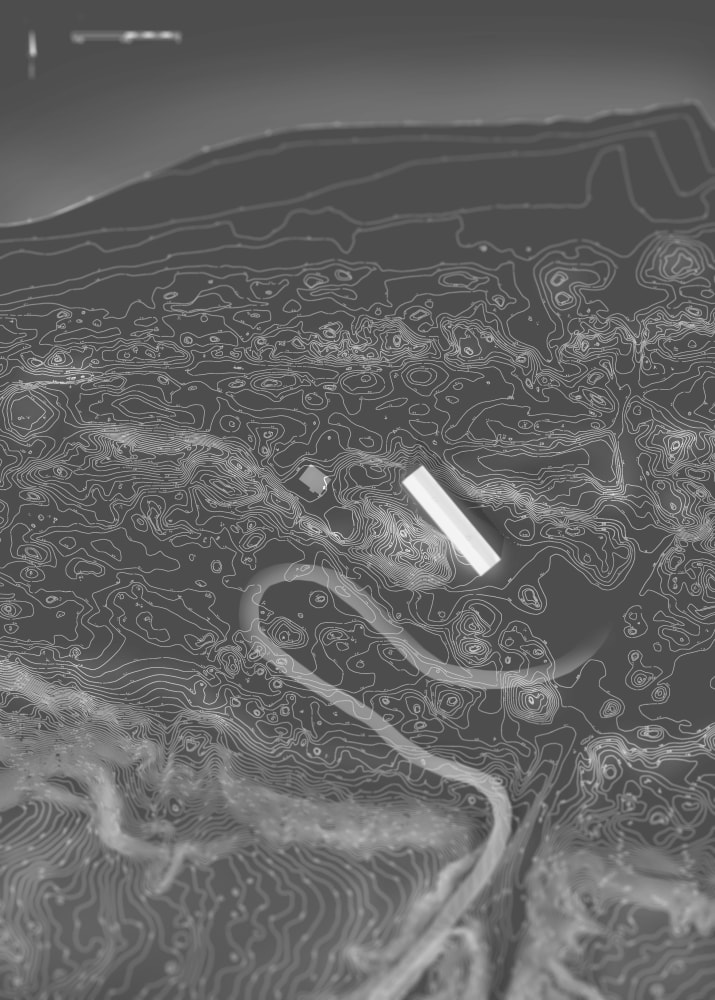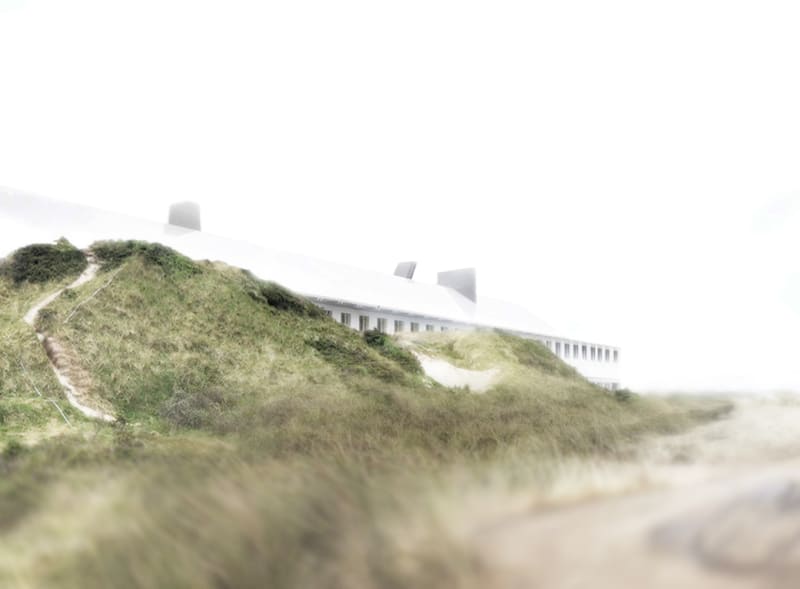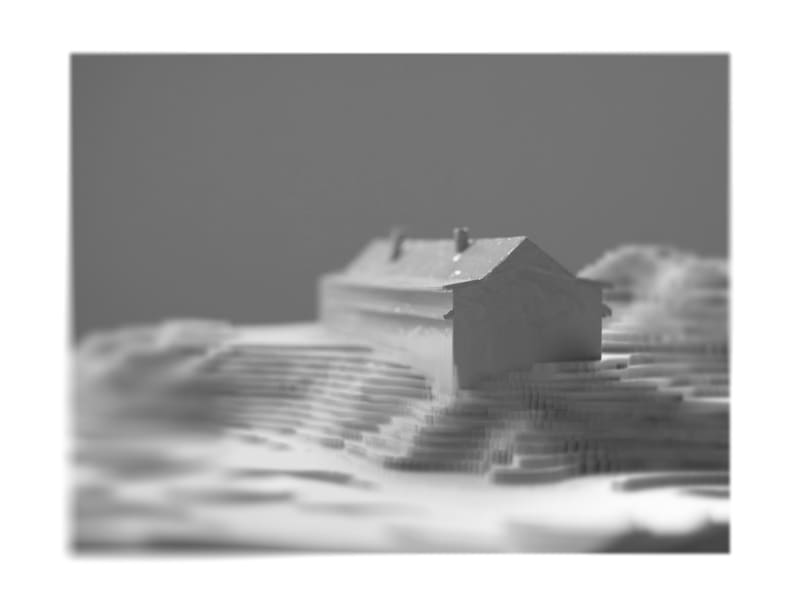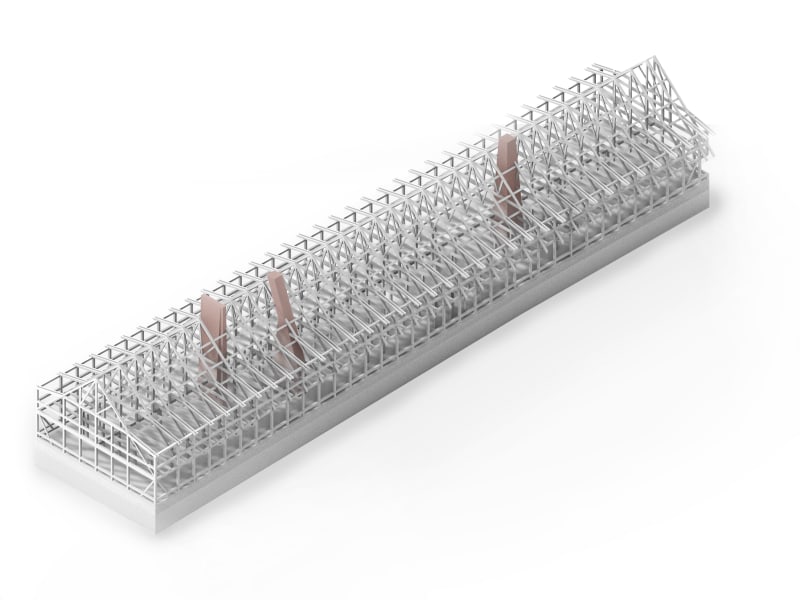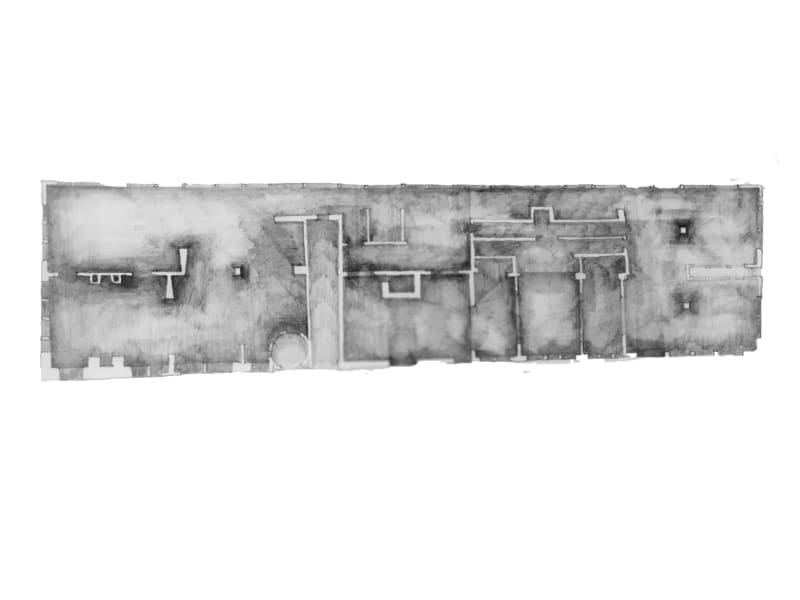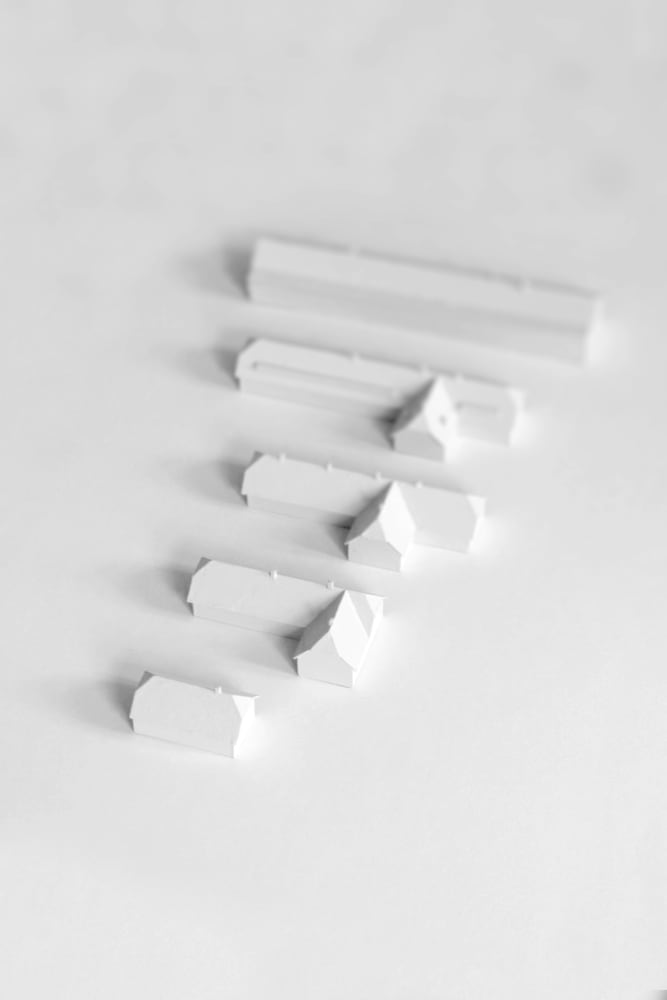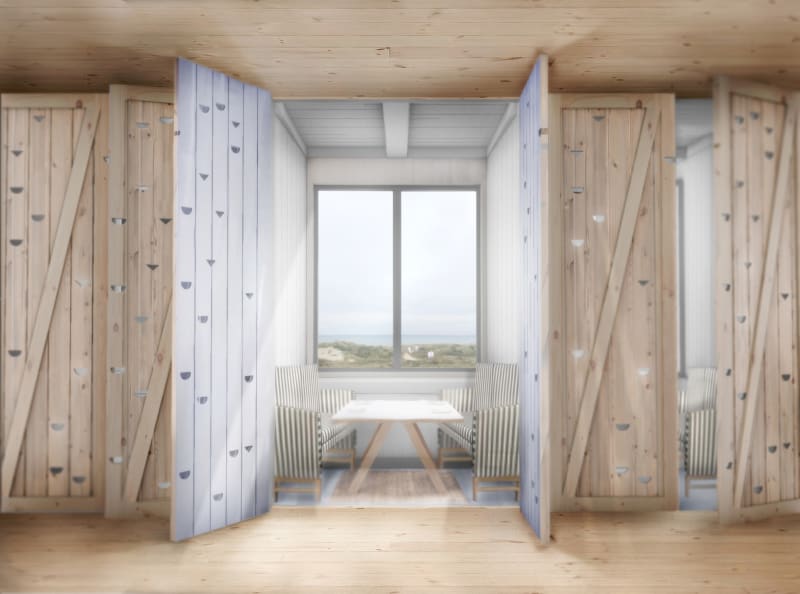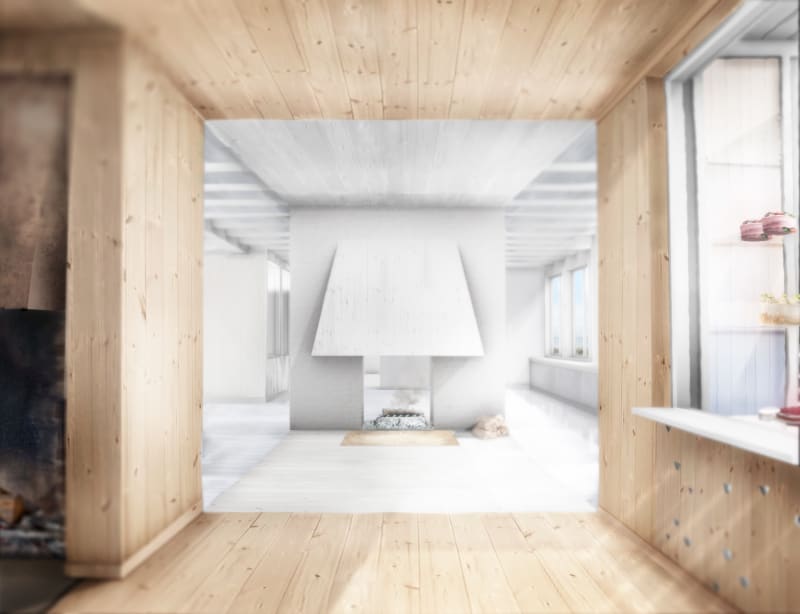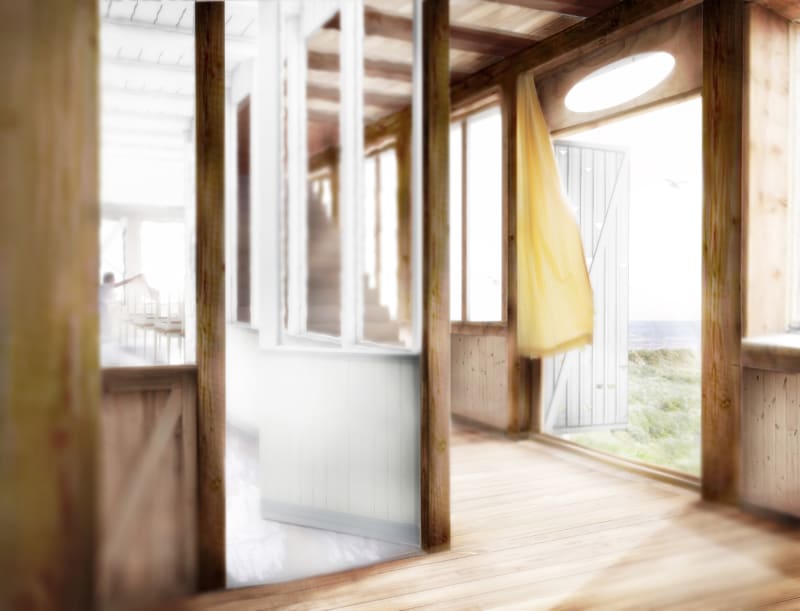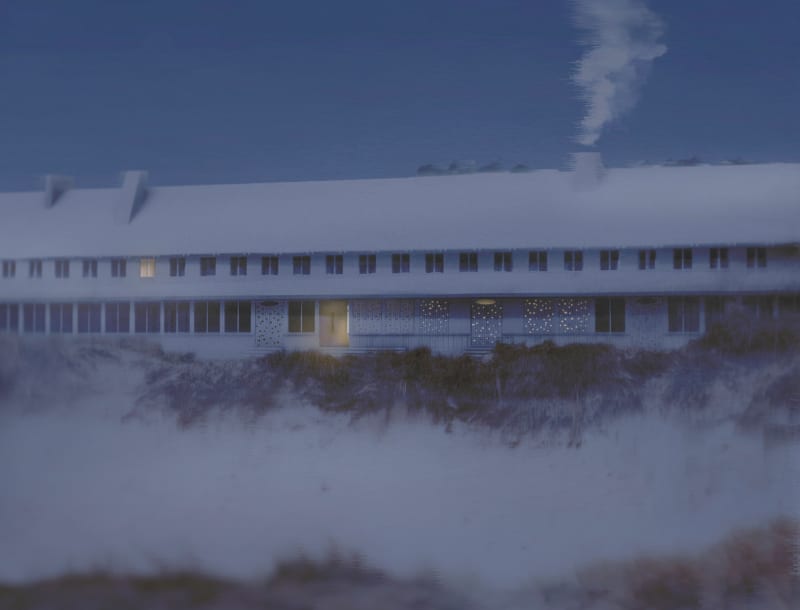Same, but different
How do we recreate the buildings that we have lost?
This thesis project revolves around an alternative reconstruction of the famous Danish Seaside Resort “Svinkløv Badehotel”, which burned to the ground in 2016.
The project set out to examine how we can use the memory of a place, and its curious relationship to the physical world, to create places with a sense of depth, – the depth that is so often lost in the construction of something new. It sought to create a place with multiple layers, a place with a continuity of identity, something that could at once be the same, and different.
The toughest challenge of the project lies in the fact that I had not been to the building myself before it’s destruction. Then how does one recreate the memory of a place, if you have none?
In a peculiar way, what seemed an obvious disadvantage, turned out to be a strong driver for architectural decisions. Firstly, those who know the place, only know it’s final state, and not it’s long and changing history. Second, by not knowing it, I had to treat the house as a living memory itself. By looking through old photos and plan drawings, I could assemble a larger picture of what the true identity of the building was. And lastly, recreating any building that has been lost, is not done just to honor of those who have memories of it, but enabling those who wish to have it in the future.
It was a project that relied heavily on a close examination of the history of the building; a small humble hotel, built in 1925 and located in the wild dune formations of the West coast of Denmark.
The hotel evolved though the years and reached 11×55 m in its final form before the fire, making it the longest timber building in Denmark. It was a place that captured a cultural shift in the way people thought about health and vacation, and a time where being a guest at a “sea-side hotel” involved doing your own laundry and helping in the kitchen. Since then, the divide between being a guest and being part of the staff has branched of into separate worlds; the “front-side” and the “back-side”. Part of the project of creating a new sea-side hotel involved presenting an angle on how going on vacation might change in the future.
The project proposed a breakdown between the “front” and the “back” of the hotel in several ways. As seen in the visualizations, constant contrasting interiors of the hotel reminds you over and over that the “front” is an illusion. Some rooms are treated with polished floors, fine details and panels, while others stand raw, almost as the carpenters would have left it. This is furthermore an extension of the thought that the overly picturesque can hide the true intimacy of a place. Further, the use of vitrine cabinets and single-layer glass windows throughout the hotel, gives recurrent glimpses of the staff where they would otherwise have been hidden away.
It is a design that seeks to make the visitor actively think, believing that the process of stopping the flow of thought, facilitates an opening of the senses of the visitor, and thus creates a more memorable experience.

